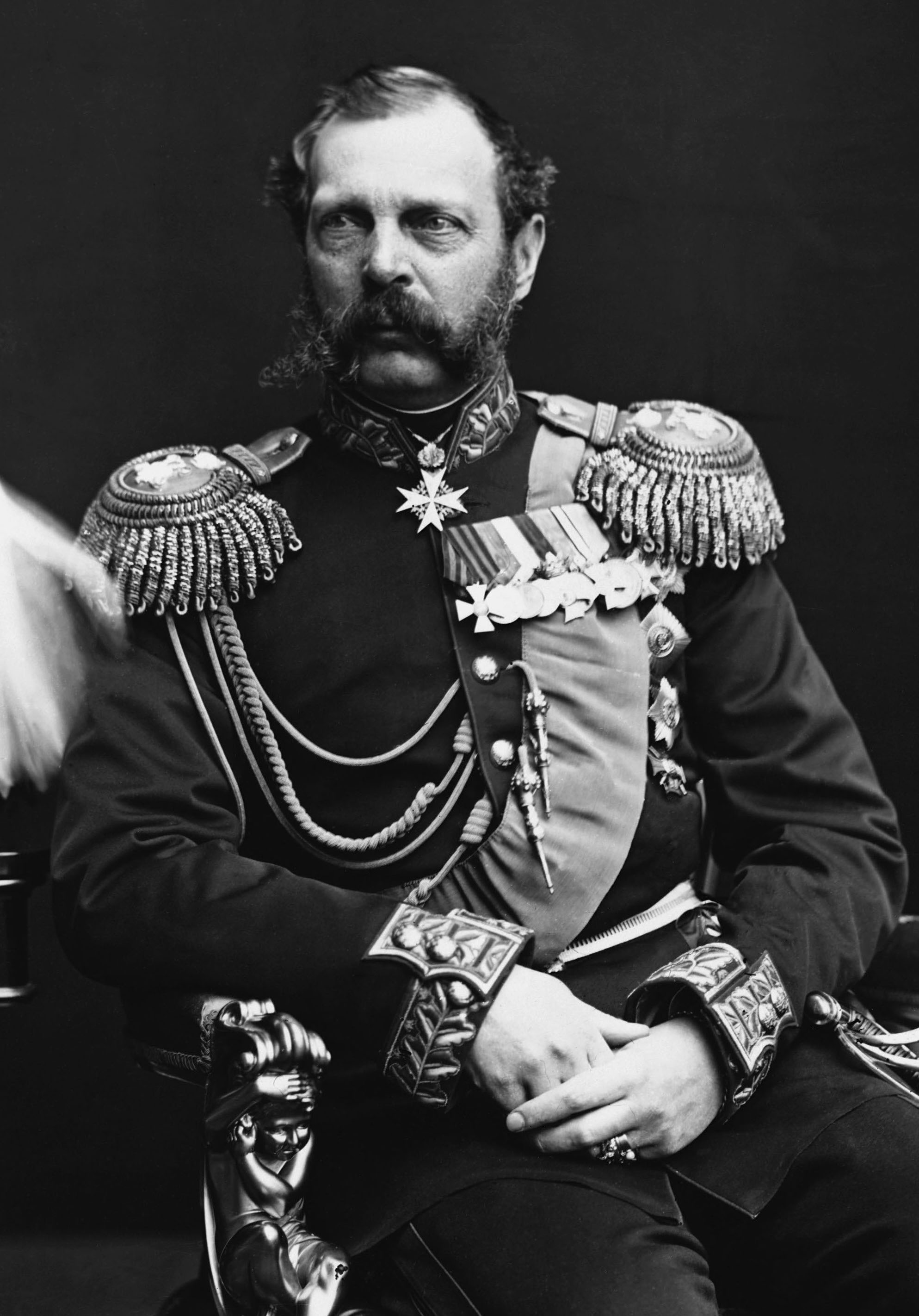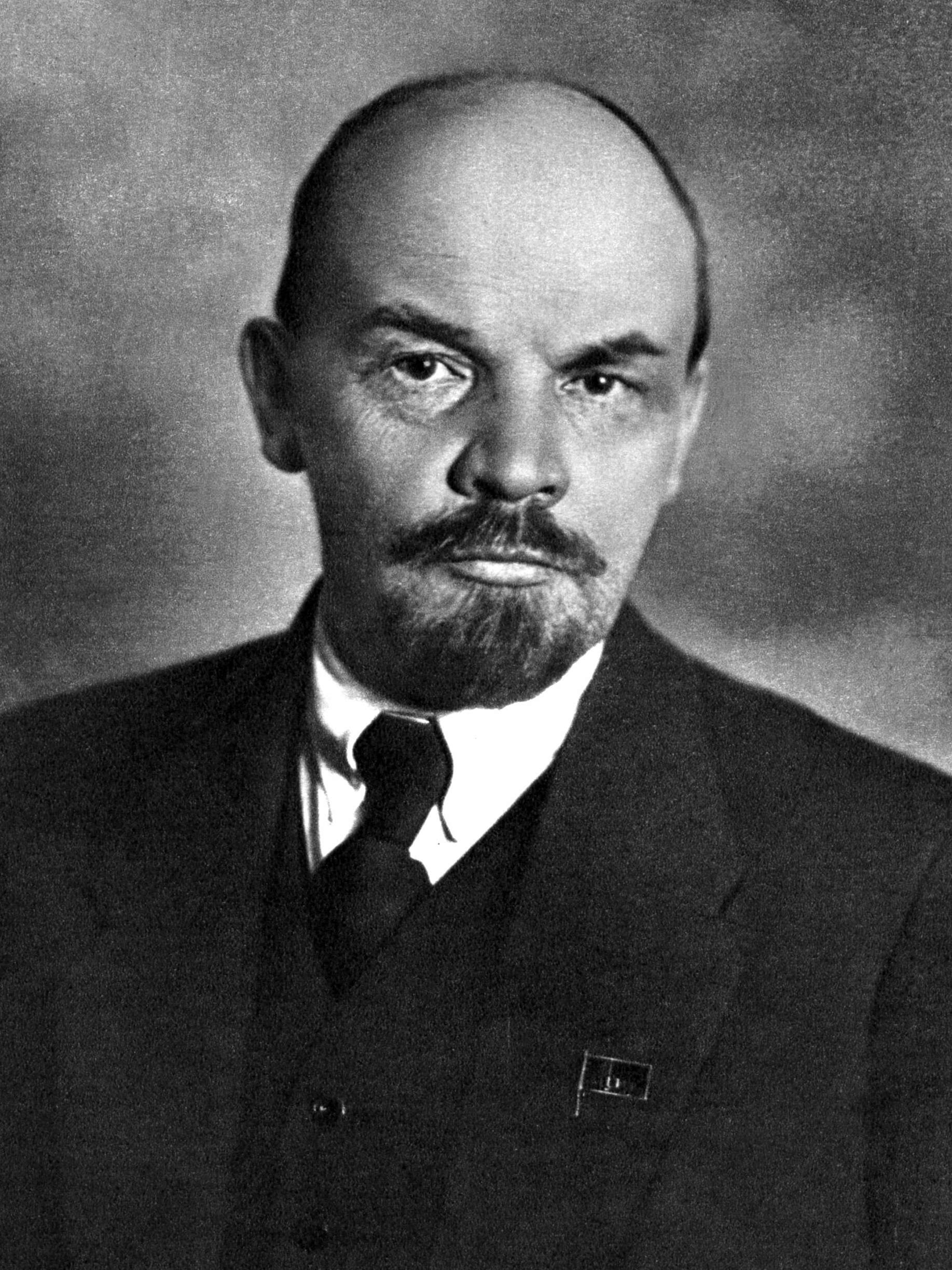In the 19th century, Russia was, compared to the rest of the world, highly underdeveloped. Whilst many other European powers enjoyed the Industrial Revolution, Russia was still stuck in their feudalist roots. Many offers came across their desk to free the serfs and modernise, the Russians, like many an autocrat before them were too busy partying. And, if you know your history, a suffering, impoverished majority and a careless, party animal elite tend not to mix well.
However, unlike many other European Autocracies, it almost seemed as though the nobility wanted the poor to suffer instead of just neglecting them. They prohibited the people from getting educations, out of fear they may rebel against them, whilst also exporting mass amounts of grain, despite having a shortage themselves, causing a famine in 1891 that killed almost half a million people. With tensions rising between many European superpowers, Russia needed to act now before they were left in the dust. Meet Tsar Alexander II.

Tsar Alexander, unlike many Tsars before him, actually understood the serf’s troubles and wanted to do something to fix it by deciding to free the serfs. However, the land owners weren’t happy about losing their free labour so the serfs had to pay exorbitant amount of money to their former bosses over the next 49 years. However, many people were not a fan of one man ruling the country, so blew him up in his carriage while on the way to a military roll call in 1881. He died shortly afterwards and was replaced by his son, Alexander III

Alexander III was the complete opposite of his father. Due to Russia’s vast size, many ethnic groups resided within its borders, groups that Alexander believed should be more Russian and more loyal to him. He achieved this by repressing this ethnic and religious groups with the help of his new secret police, who also helped crush any anti-Tsar rhetoric. In order to become Tsar, Nicholas, who Alexander called a “girlie girl” in front of his peers, needed to man up in his father’s eyes. So he went to Japan, got a dragon tattoo and got part of his head cut open by a police officer before returning to St Petersburg. But, before his father could teach him anything about ruling this vast empire, Alexander died of kidney inflammation in 1894, making the highly inept Nicholas II the new Tsar.

Even Nicholas knew he was inexperienced but believed it was his duty to his family and his people to be a good Tsar. On the 27th of May, 1896, 100,000 citizens of Moscow gathered in a field in Khodynka in the outskirts of Moscow, in celebration of the recent coronation of the new Tsar, where free pretzels and beer were offered by Nicholas to his people. Rumours circulated around the field that there would not be enough food and beer for all the attendees. In a rush to get the food and drink first, over 1,000 people were crushed and trampled to death. That night, a gala with the French Ambassador was planned. While Nicholas wanted to stay in his chambers, praying for the lives lost, his uncles believed that if he did not attend this gala, relationships would be strained between France and Russia. Nicholas attended the party. The Russian people, from then on, saw the Tsar as heartless and uncaring of his people. Many also began questioning if there needed to be a Tsardom at all.
Some looked west, at all the republics, constitutional monarchies and democracies, thinking they could emulate them. However, a group of left leaning radicals thought otherwise. They believed what Russia needed now was this new idea called Communism. The idea was initially proposed by Karl Marx in 1848, in his book called the Communist Manifesto.
The modern bourgeois society that has sprouted from the ruins of feudal society has not done away with class antagonisms. It has but established new classes, new conditions of oppression, new forms of struggle in place of the old ones. Our epoch, the epoch of the bourgeoisie, possesses, however, this distinctive feature: it has simplified the class antagonisms: Society as a whole is more and more splitting up into two great hostile camps, into two great classes, directly facing each other: Bourgeoisie and [the working class]. The immediate aim of the Communist [is for the working class to] overthrow of the bourgeois supremacy, conquest of political power by the [working class]
Karl Marx writing in The Communist Manifesto
One of the main leaders of the Communists in Russia was a man by the name of Vladimir Lenin. Lenin was known for his short temper, and aggressive outbursts whenever you disagreed with him. He was not unfamiliar with political unrest either, as his brother had been hanged from plotting to kill the Tsar whilst Lenin himself was expelled from university after engaging in multiple anti-Tsar student protests.

Lenin was very open about his passion towards Marx. However, due to his pro-Marx and anti-Tsar ideals, Lenin and his family were exiled to Siberia, the snowy tundra in the east of Russia. Eventually, he was freed from his exile in Siberia and moved to Europe, where he could freely talk with other Russian Communists about Communist ideals and write Socialist pamphlets, in an attempt to overthrow the Tsar. However, a split began to form in the Russian Socialist party, the more moderate Mensheviks and the Bolsheviks, the latter of which was run by Lenin and his more radical ideas for reform.
